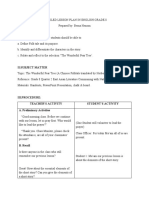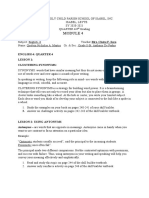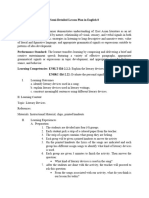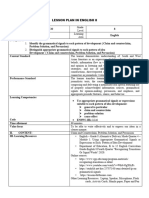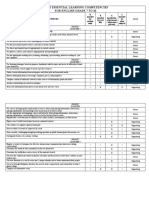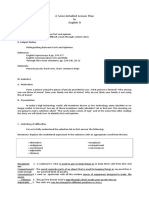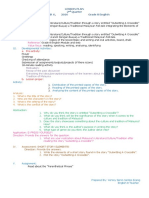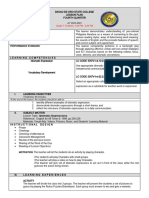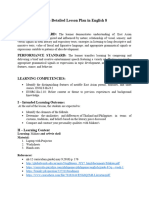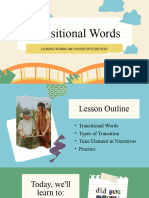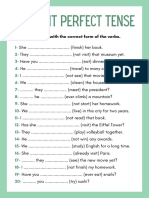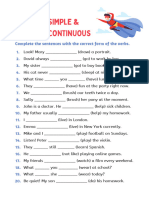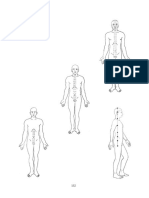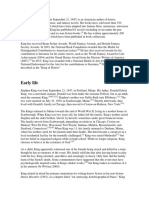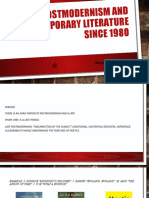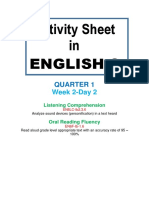0% found this document useful (0 votes)
273 views17 pagesTransitional Words
This document discusses transitional words and their functions:
First, it defines transitional words as linking words or connective devices that tell readers when to go forward, slow down, turn around, and stop through a story. Second, it identifies different types of transitional words based on functions like time, emphasis, and contrast. Lastly, it provides examples of common transitional words like first, then, next, and finally that are used to indicate sequence or order.
Uploaded by
Hussain UllahCopyright
© © All Rights Reserved
We take content rights seriously. If you suspect this is your content, claim it here.
Available Formats
Download as PDF, TXT or read online on Scribd
0% found this document useful (0 votes)
273 views17 pagesTransitional Words
This document discusses transitional words and their functions:
First, it defines transitional words as linking words or connective devices that tell readers when to go forward, slow down, turn around, and stop through a story. Second, it identifies different types of transitional words based on functions like time, emphasis, and contrast. Lastly, it provides examples of common transitional words like first, then, next, and finally that are used to indicate sequence or order.
Uploaded by
Hussain UllahCopyright
© © All Rights Reserved
We take content rights seriously. If you suspect this is your content, claim it here.
Available Formats
Download as PDF, TXT or read online on Scribd
/ 17

